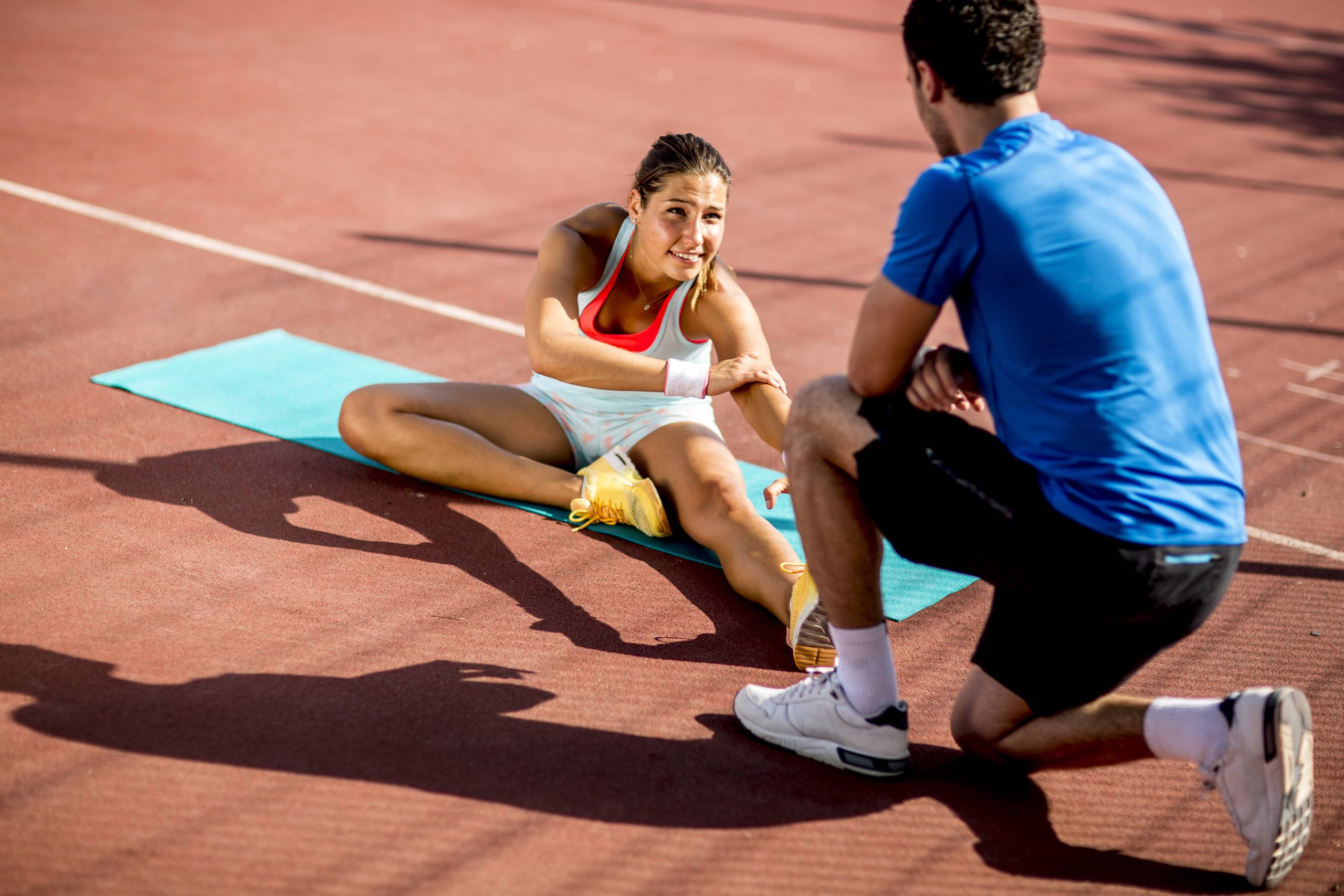
Joint replacements, particularly knee and hip replacements, are increasingly common procedures that can dramatically improve an individual’s quality of life. These surgeries often restore mobility and reduce pain for those suffering from severe arthritis or injuries. Nevertheless, recovery and returning to physical activity post-surgery come with their challenges and require careful consideration and planning. This blog post aims to provide insights into exercise restrictions and recommendations for individuals recovering from knee and other joint replacements.
Understanding Joint Replacement
Joint replacement surgery involves replacing a damaged joint with a prosthesis. The most frequently performed joint replacements are knee and hip replacements, although shoulder, elbow, and ankle replacements also occur. The materials used for prosthetic joints are designed to endure stress and recreate the motion of a natural joint. However, even with advancements in joint replacement technology, the new joint may not be able to handle the same level of stress or range of motion as the natural joint it replaced.
The Importance of Exercise Post-Joint Replacement
Exercising after a joint replacement is crucial for recovery. Movement helps prevent scar tissue buildup, promotes circulation, and enhances muscle strength around the joint, which ultimately supports joint function. However, it’s essential to strike a balance between beneficial exercise and potentially damaging activity, as certain movements or levels of intensity can harm the new joint.
General Exercise Restrictions
1. High-Impact Activities
After a joint replacement, high-impact activities like running, jumping, or activities that involve sudden stops and starts are generally discouraged. These activities can place excessive stress on the joint, increasing the risk of loosening or damaging the new joint. Low-impact alternatives, such as swimming, cycling, or walking, are encouraged instead, as they facilitate cardiovascular exercise without placing undue stress on the joint.
2. Lifting Heavy Weights
Lifting heavy weights, particularly in exercises that place a load directly on the joint, is often contraindicated. Exercises like heavy squats or deadlifts can pose a risk to the joint’s stability, especially during the initial recovery phase. Instead, focus on lighter weights with higher repetitions to maintain muscle tone and strength without overstressing the joint.
3. Twisting Motions
Movements that involve significant twisting or pivoting can be risky following joint replacement surgery, particularly for knee and hip replacements. Sports that involve frequent changes in direction, such as basketball or soccer, may need to be approached with caution or avoided altogether. Instead, consider participating in activities with more linear movements.
Exercise Recommendations
1. Physical Therapy
Working with a physical therapist post-surgery is crucial. They will create a personalized rehabilitation plan that incorporates safe, effective exercises tailored to strengthen muscles, improve mobility, and prevent complications. Physical therapy typically begins shortly after surgery and continues for several weeks to months, depending on the individual’s progress and specific needs.
2. Low-Impact Aerobic Activities
Engaging in low-impact aerobic activities is beneficial for cardiovascular health and overall well-being without placing excessive stress on the joint. Activities like walking, cycling (stationary or on smooth surfaces), swimming, and using an elliptical machine are excellent options. These exercises can typically be introduced gradually as guided by a healthcare professional.
3. Strengthening Exercises
Strengthening the muscles around the joint is vital for supporting the prosthesis. Focus on exercises that target the quadriceps, hamstrings, and glutes. Examples include:
– Seated leg lifts: Sitting on a chair, slowly lift one leg, hold for a few seconds, and lower it. Repeat for each leg.
– Straight-leg raises: Lying on your back, keep one leg bent and the other straight. Lift the straight leg off the ground, hold briefly, and lower it.
– Mini-squats: Perform squats at a limited depth, focusing on engaging the glutes and thighs without bending deeply.
4. Flexibility and Balance Exercises
Maintaining flexibility and balance helps prevent falls and enhances overall joint function. Gentle stretching exercises and balance practices, such as yoga or tai chi, can be included as part of a comprehensive exercise regimen.
Returning to Sports and Recreational Activities
Individuals who were active in sports before their surgery often wish to return to these activities post-recovery. It’s essential to have realistic expectations and be aware that while returning to some activities is possible, modifications might be required. For example:
– Golf: Many patients can return to golf about three months post-surgery, with adjustments such as using a golf cart instead of walking the course.
– Cycling: Outdoor cycling can be resumed once adequate strength and balance are regained, usually about 6-12 weeks post-surgery.
– Doubles tennis: Singles tennis often involves more running and pivoting, making doubles a better choice as it involves less movement and stress on the joint.
Patients should always consult with their healthcare provider or rehabilitative therapist to ensure any activity they plan to resume is safe.
Psychological Considerations
Returning to exercise and an active lifestyle after joint replacement can also have psychological benefits, including improved mood and reduced anxiety about joint health. However, it’s normal to feel apprehensive about harming the new joint. Education, support from healthcare professionals, and gradual reintroduction to activities can help alleviate these concerns.
Conclusion
Exercise after knee and other joint replacements is not only safe but essential for a successful recovery. Understanding the limitations and making appropriate adjustments are crucial to protecting the new joint while reaping the benefits of physical activity. By adhering to medical advice and adopting a thoughtful approach to exercise, individuals can enjoy a more active, pain-free life post-surgery. Remember, every person’s recovery journey is unique, and working closely with healthcare providers will ensure the best possible outcomes.











